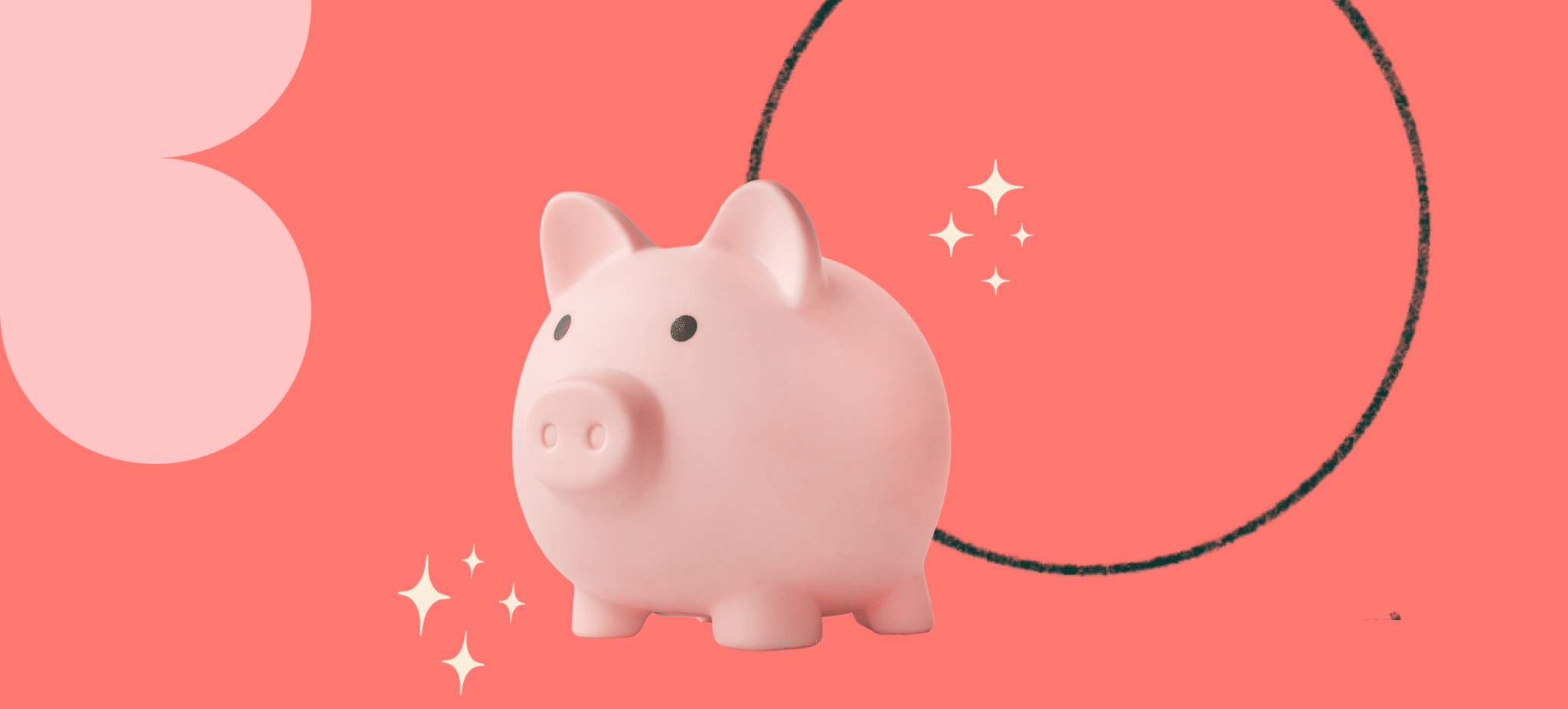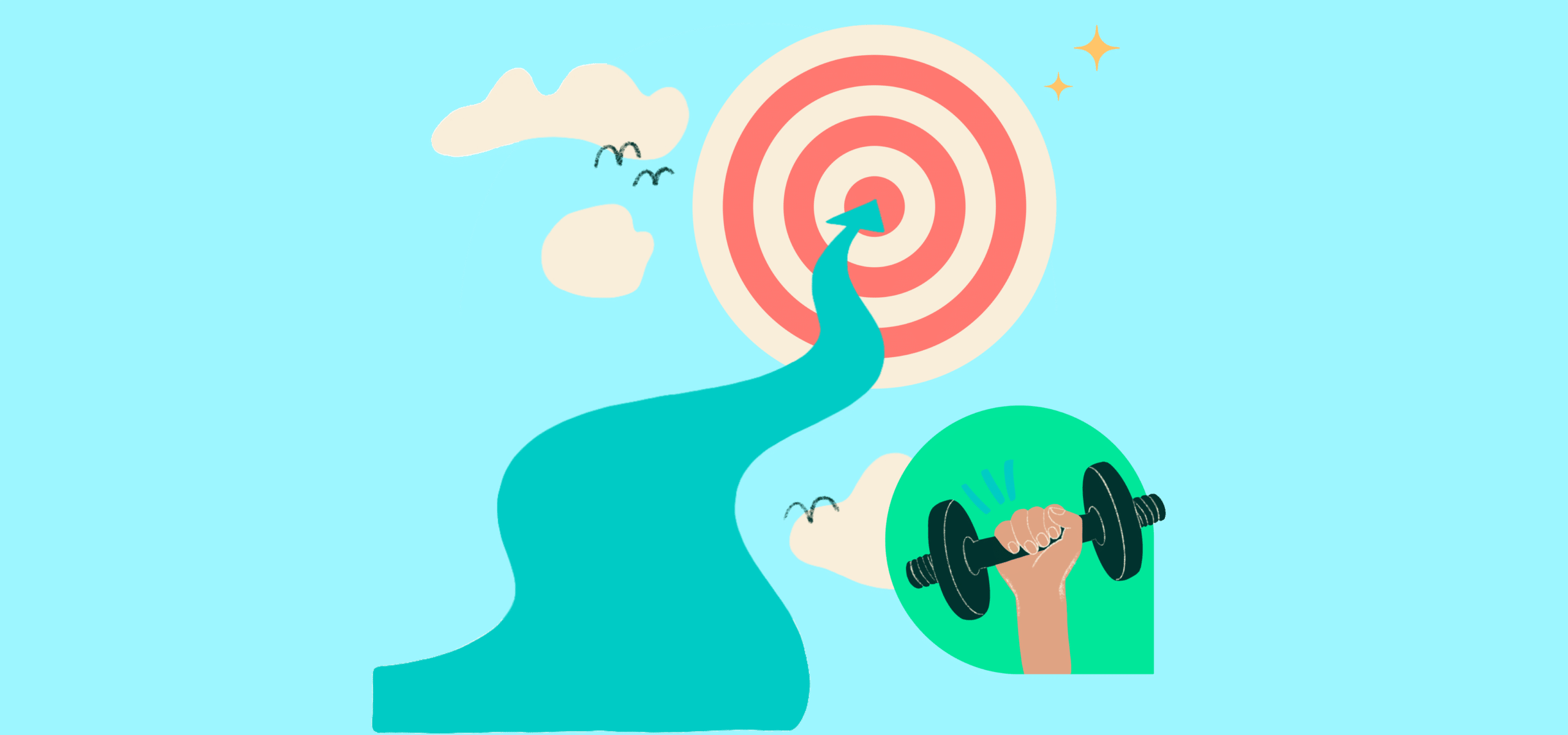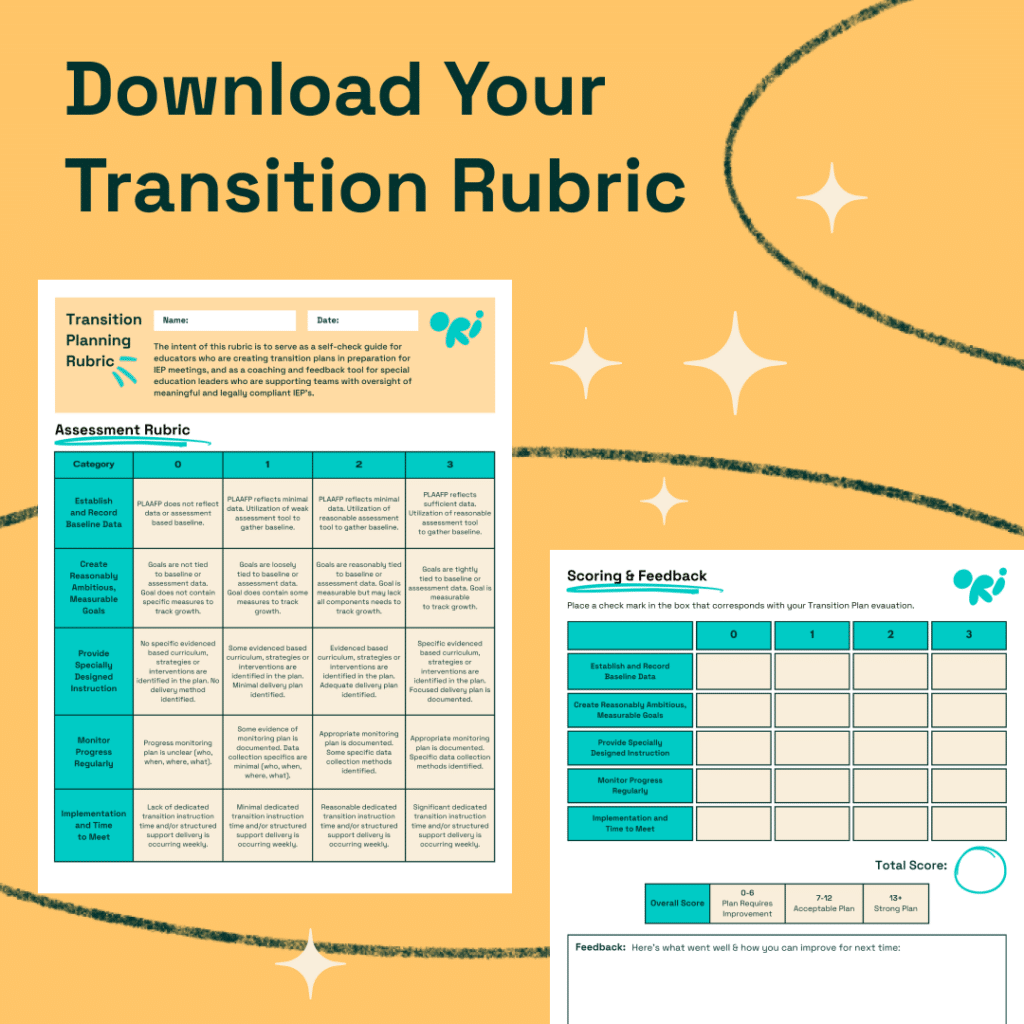


Self-regulation is a critical skill that allows students to manage their emotions, behaviors, and body movements in various situations. This guide is intended to help educators craft effective IEP goals focused on self-regulation, enhancing students’ ability to participate in learning and social interactions constructively.
Self-regulation refers to the processes by which individuals control their behavior, emotions, and thoughts in pursuit of long-term goals. Effective self-regulation skills are essential for academic success, social interaction, and overall well-being. Students with challenges in self-regulation may struggle with impulsivity, emotional outbursts, or difficulties in transitioning between tasks.
Incorporating self-regulation goals into a student’s Individualized Education Program (IEP) is crucial for supporting their development in managing responses to environmental stimuli and internal emotions. These goals are particularly important for students who experience sensory overload, emotional instability, or social communication challenges.
Effective self-regulation IEP goals should be aligned with the student’s Present Levels of Academic Achievement and Functional Performance (PLAAFP) and comply with educational standards under the Individuals with Disabilities Education Act (IDEA). This ensures that the goals are personalized and focus on meaningful growth.
Our Transition Planning Rubric is designed to support district leaders and educators in guiding their teams towards excellence in transition planning.
It provides comprehensive criteria that cover the breadth of transition planning, from gauging student engagement to evaluating post-secondary goals and services.
Expand your team’s capabilities and improve the success of IEP meetings.

Disclaimer: These sample goals should be customized to meet the individual needs of each student.
By setting targeted and structured goals for self-regulation, educators can provide students with essential tools for managing their behavior and emotions effectively. These skills are crucial for navigating academic challenges, building positive social relationships, and achieving personal goals.
Explore additional resources and strategies to effectively implement and track the progress of self-regulation IEP goals. Equip your students with the necessary skills to succeed in all aspects of their lives.
